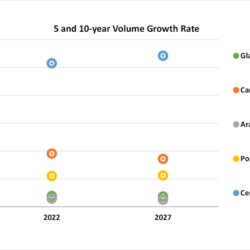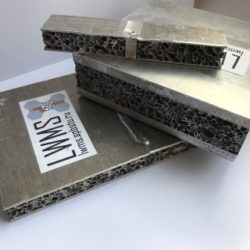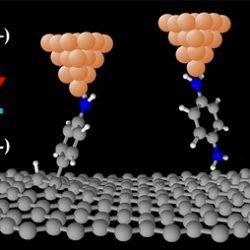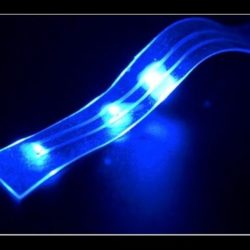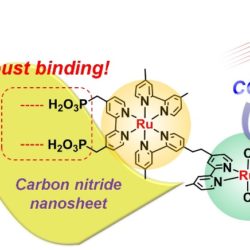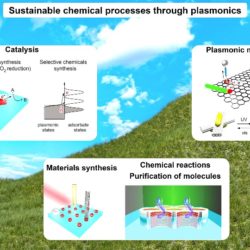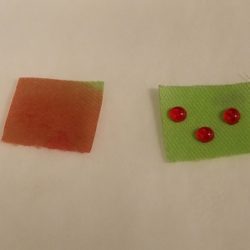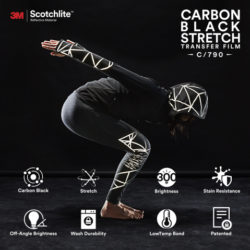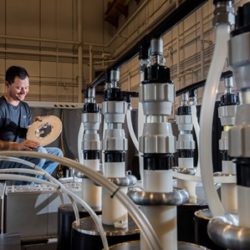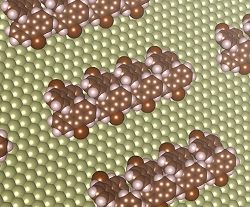Composites 2017-2027: Innovations, Opportunities, Market Forecasts
A composite part consists of fibres embedded in a matrix to give superior properties in comparison to their individual elements. This report provides the most comprehensive global view of this market with detailed sections,10-year forecasts, and application trends segmented for each synthetic and natural fibre in a polymer, metal, or ceramic matrix. The industry may Read more about Composites 2017-2027: Innovations, Opportunities, Market Forecasts[…]
